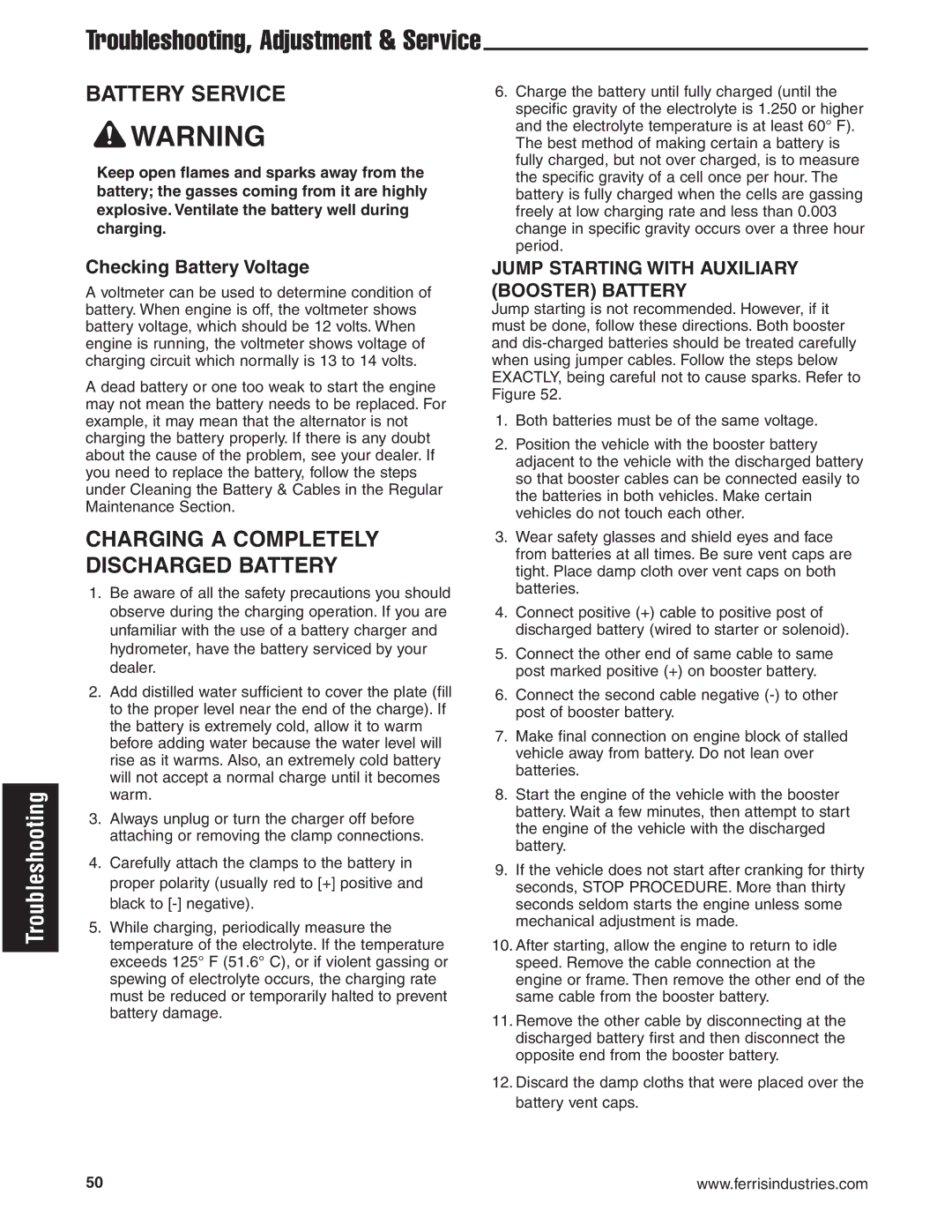5900619 specifications
The Briggs & Stratton 5900619 is a highly regarded replacement engine part designed specifically for a range of lawn and garden equipment, ensuring optimal performance and reliability. Known for its durability and innovation, this part caters to those who require dependable machinery for their outdoor tasks.One of the key features of the Briggs & Stratton 5900619 is its compatibility with a variety of mower models, making it a versatile choice for both amateur and professional landscapers. This adaptability not only streamlines the maintenance process but also reduces downtime, allowing users to focus on their landscaping tasks rather than equipment issues.
The construction of the Briggs & Stratton 5900619 highlights the brand's commitment to quality. Made from robust materials, this replacement part is designed to withstand harsh outdoor conditions. This ruggedness ensures that it can handle the wear and tear often associated with regular use in challenging environments, contributing to a longer lifespan for both the engine and the machinery it services.
In terms of technology, the Briggs & Stratton 5900619 incorporates advanced engineering principles that enhance its reliability and efficiency. This includes features that promote fuel efficiency, helping users to save on operating costs. By delivering optimal power output while minimizing fuel consumption, this engine part exemplifies the brand's drive towards sustainability and economical operation.
Moreover, the Briggs & Stratton 5900619 is designed for ease of installation. With clear specifications and user-friendly guidelines, it allows both DIY enthusiasts and professionals to replace parts without extensive technical knowledge. This feature is particularly beneficial for those who value efficiency in their maintenance routines.
Another important characteristic of the 5900619 is its performance consistency. Users can expect reliable starts and steady operation, which is critical when tackling large areas of lawn or garden spaces. The engine’s design includes features that help maintain stable power flow, reducing the chances of stalling or unexpected performance issues.
In summary, the Briggs & Stratton 5900619 is a standout choice for anyone looking to enhance their lawn care equipment. With its compatibility across various mower models, durability, advanced technology, ease of installation, and consistent performance, it represents a significant investment in maintaining the health and efficiency of outdoor machinery. This engine part is not just a replacement—it’s a commitment to better gardening outcomes.

